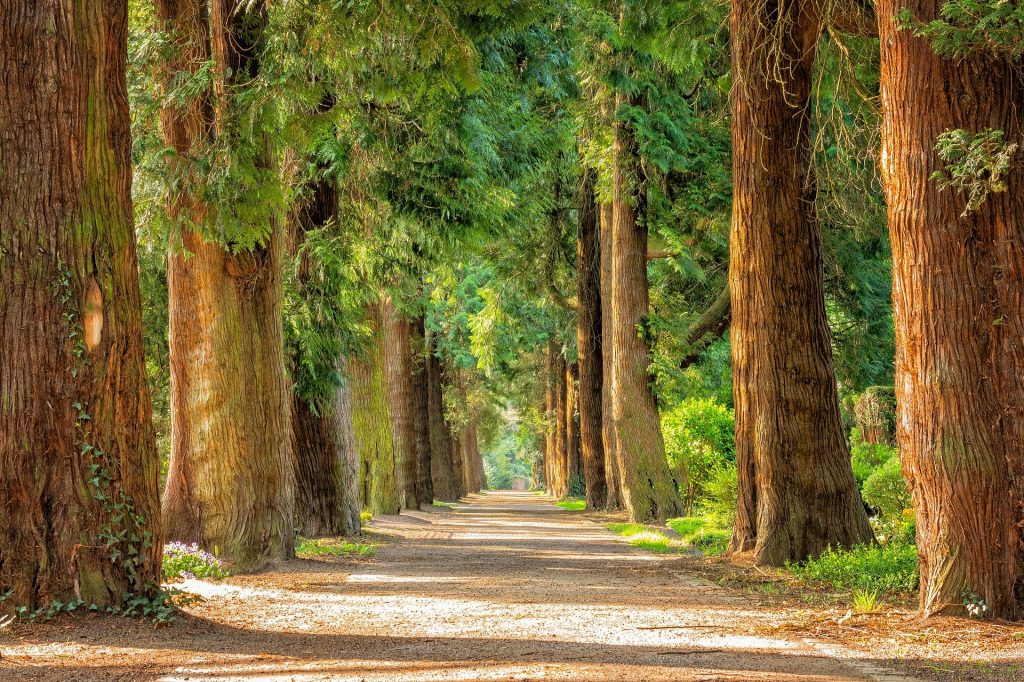Have you ever wondered what trees communicate with each others? In fact, scientists have been studying the phenomenon of how trees interact with each other for years. In some cases, it has been discovered that trees are able to sense each others’ vibrations. This can be used to help determine how trees locate food or other resources.
How do trees communicate? In the wild, they communicate with one another by means of what is known as “rumination.” They allow their branches and leaves drop to the ground to catch the sun. They allow the sun’s rays to pass through their canopy, and fall on different parts of the forest. This allows them to convert the energy into energy.
In nature, they also use what is called “spike wires” to allow them to detect the direction of the sun and send signals back and forth. This is how they know how to grow new saplings. However, in our modern world, we don’t have access to live oaks and maple trees in order to send these signals. Scientists have discovered two types of tree communication. One is by means of the absorption of light and the other is through the reaction of the chemicals within the sap.
Spikes are small twigs or branches that contain chemicals. They are created when sunlight touches them. These chemicals are used by trees to provide food, protection from predators, as well as to tell other trees in the forest which way the sun is moving. If there is a tree at the front of the forest that experiences hot weather, the sapling will move towards the back to absorb more heat. For trees that experience cold weather, saplings will tend to grow towards the front to ensure they survive.

Understanding how trees communicate is key to understanding how they communicate with each other. We must first understand how they store food, what they need and how that food is distributed. A well kept and fertilized forest can grow healthy and strong, allowing the seeds to germinate and reproduce. The soil is also a part of the tree’s healthy roots. They are deep and connect directly to it. The soil’s nutrients would be available to all living things in a perfect world. However, if the soil’s nutrients are not properly distributed or gathered by the roots, the whole forest is susceptible to disease.
How do trees communicate with each other? A trophic network, which is a diagram showing the distribution of nutrients, can be used to describe the process. The size of the circle determines how much activity there is in a given area. For example, a large circle that extends across a large area will result in a lot of plant growth, including trees. If the circle is very small, there will not be much tree life or plant growth. These patterns are typical of networks in nature – like, the hydropower grid in the Western United States or the river networks in Asia.
Tree and plant scientists are currently studying how trees communicate with one another and how different species communicate. Different species of trees are sensitive to their surroundings and it is important that they understand how other trees can communicate with them. Understanding the differences between species will help us to conserve our environment and keep future threats from happening.
One way trees can share information with each other is to tell them where they need be next season. When a tree’s leaves start to change colors, it’s telling other trees that there is a change in the weather. This happens because sugars in leaves turn to sugar as they become energy. This makes them sticky and helps keep them together. The insects that live on the leaves will move out if the colors change. The tree’s survival rate increases and spreads throughout the area where it lives.
